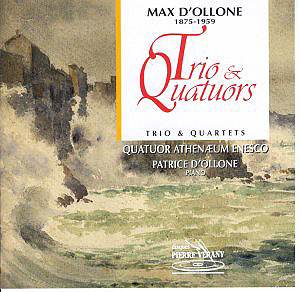 Composer: Johann Sebastian Bach
Composer: Johann Sebastian Bach
Works: Christmas Oratorio
Performers: Juliane Banse (soprano), Cornelia Kallisch (alto), Markus Schäfer (tenor), Robert Swenson (tenor), Thomas Quasthoff (bass), Windsbacher Knabenchor, Münchener Bachsolisten, Karl-Friedrich Beringer (conductor)
Recording: Recorded in Heilsbron Munster July 1991
Label: Teldec video 4509-91124-3
Bach’s Christmas Oratorio, composed in 1734 for the festive celebrations in Leipzig, represents a profound expression of the composer’s theological vision and artistic mastery. Encompassing six cantatas, the work reflects a transitional phase in German liturgical music, as the influences of the French and Italian styles began to permeate Lutheran traditions. In this context, Bach’s oratorio serves not only as a musical testament to the Christmas narrative but also as a reflection of the evolving religious sentiments of his time, where sacred and secular elements occasionally intermingled.
The performance captured in this recording presents both strengths and weaknesses, particularly in its choral components. The Windsbacher Knabenchor, while commendable in their execution, suffers from a homogenous sound that lacks the richness often provided by female voices in choral literature. This limitation becomes apparent as the performance progresses; without the contrast of tonal colors provided by sopranos and altos, the choral texture becomes monotonous. The precision of the ensemble is noteworthy, yet the overall effect is one of sterile uniformity, which detracts from the expressiveness that Bach’s music demands.
Conductor Karl-Friedrich Beringer adopts a meticulous approach, which, while ensuring technical accuracy, occasionally veers towards a coldness that leaves the music feeling unfeeling. For example, the orchestral interludes, while executed with clarity, lack the warmth and spontaneity that one might hope for in such emotionally charged music. This is particularly noticeable in the slower movements, where the necessary gravitas and spiritual uplift seem to be stifled by an overly rigid interpretation. The soloists, however, offer a counterbalance to this precision. Juliane Banse’s soprano shines with an impressive clarity and emotional depth, particularly in her aria “Nur ein Wink von seinen Händen,” where her phrasing imbues the text with a palpable sense of longing. Thomas Quasthoff emerges as the standout artist of the performance, his rich bass voice commanding attention and providing a stark contrast to the boy trebles, whose limitations become evident against his formidable presence.
The technical execution of the orchestra is generally commendable, though certain aspects warrant criticism. The timpanist’s choice of sticks results in an unblended sound that disrupts the cohesion of the orchestral texture. Additionally, while the woodwinds display commendable artistry, the strings, at times, struggle to achieve the fluidity required for Bach’s intricate passages. Such discrepancies contribute to a sense of unevenness throughout the performance. Notable moments do arise, particularly in the duet between Quasthoff and the trumpet, where the interplay showcases the brilliance of Bach’s orchestration. Yet even here, the boys’ voices in the choruses reveal a strain that diminishes the overall impact, underscoring the disparity between the soloists and the choral ensemble.
The recording quality is competent but does not elevate the performance to a level that might otherwise be expected from such esteemed performers and repertoire. The sound engineering, while clear, lacks the depth and resonance that could enhance the emotional engagement with the music. This is particularly evident in the quieter passages where the subtleties of dynamics and texture are somewhat lost.
The Christmas Oratorio has long been compared to Handel’s Messiah, which casts an imposing shadow over any oratorio. The latter’s vibrant expression and dramatic narrative set a high standard that Bach’s work, particularly in this interpretation, struggles to meet. Certain arias and choruses in Bach’s work, especially when repeats are observed, can feel drawn out, lacking the thrilling momentum that characterizes much of Handel’s output.
Quasthoff’s contributions alone make this recording worth considering, as his artistry brings a level of distinction that transcends the performance’s shortcomings. While the choral elements might not fully satisfy, the interplay between the soloists and the orchestral color does provide moments of genuine beauty. Yet, the overall impression is marred by the limitations of the conducting style and the uniformity of the boys’ voices, which ultimately detracts from the spiritual and emotional resonance that this magnificent work can evoke.
This recording may appeal to those who prioritize the presence of Banse and Quasthoff, but it falls short of delivering the vibrant and dynamic experience that Bach’s Christmas Oratorio can offer in more convincing interpretations.



